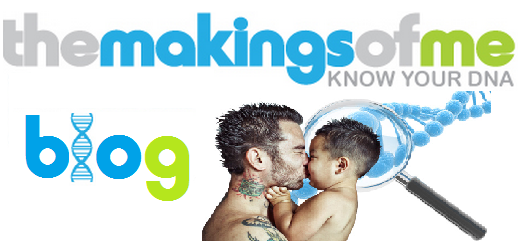1. Test your child’s DNA at home with a simple saliva test from TheMakingsofMe.
2. Identify your child’s DNA “strengths” and “weaknesses”.
3. Compare the scientific results to real life evidence. No one knows your child better then you. While the DNA test results may indicate a tendency for a certain trait, you may see evidence that that trait is “inactive.” DNA data is not deterministic.
4. Consult a medical professional for advice on any concerns you have, such as an indication for nearsightedness or being overweight.
5. Consider creating a “genetic enhancement program” for leveraging strengths and strengthening weaknesses. For example, if your child has a genetic tendency for a good memory, reinforce this with memory enhancing activities on a regular basis and discuss with his teachers how to better leverage his natural abilities.
6. Create a nurturing environment for helping your child find their passion and their strengths. The scientific data provided by a DNA test will give you insights into your child’s abilities and potential. But it is not a crystal ball. Find activities that can enhance his potential and take into consideration any tendencies that might raise challenges. For example, a tendency for long term memory recall could be the makings of the next great debate team captain. However, the potential will materialize only with the right nurturing environment — reading, advanced homework assignments, etc. If your daughter is carrying C/C alleles (a.k.a. Arg/Arg) of the HIF1A gene together with C/C alleles (a.k.a. Pro/Pro) of rs1815739 (ACTN3 gene) she belongs to a population with a tendency to be a sprinter. This information might affect her choices on which sport to focus on as she gets older. At the end of the day, it’s your own personal knowledge of your child that can best guide you to helping them navigate the maze of choices they make as they grow.

